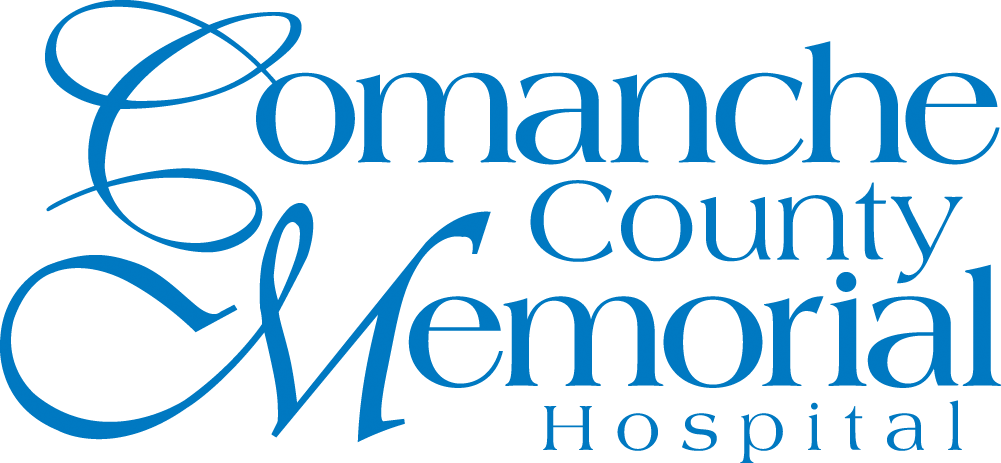Late spring and summer are perfect for warm weather activities. More people go hiking, fishing and swimming. These seasons, however, are also when dangerous animals such as snakes are most active. It’s important to understand where to look, dangerous types of snakes in your area, and how to react to a snake bite. Venomous snakes are especially common in Oklahoma, such as the rattlesnake and copperhead. Here’s what you need to know to stay safe.
Common Venomous Snakes In Oklahoma
Oklahoma has three types of venomous snakes:
- Rattlesnakes
- Copperheads
- Water Moccasins/Cottonmouths
There are several species of snakes that fall under those categories, including what is often called the most dangerous snake in the state, the Timber Rattlesnake. Rattlesnakes and copperheads will often hide in tall grass, leaves, underneath rocks and out in fields. Water moccasins (also known as cottonmouths), will often be found in or near water. Understanding where these snakes like to be and how to avoid them could save you from getting a snake bite.
Symptoms of a Snake Bite
If you’re bitten by a snake, it’s important to detect and monitor the wound. Try to see the type of snake that bit you. If you suffer a dry snake bite, you’ll likely just have swelling and redness. If you’re bitten by a venomous snake, you’ll have greater symptoms including:
- Bite marks on your skin
- Sharp, throbbing, burning pain around the bite that you may not feel for a little while after the bite. Radiating pain up and down limbs is also possible.
- Redness, swelling and tissue damage, or complete destruction, in the area of the bite.
- Abnormal blood clotting and bleeding.
- Low blood pressure, a faster heart rate and a weaker pulse.
- Nausea and vomiting, diarrhea, anxiety, headaches, dizziness and blurred vision.
- Difficulty breathing, or in serious cases, complete loss of breath.
- Increased production of saliva and sweat.
- Weakness in your muscles and numbness in the face or limbs.
Allergic reactions include:
- Sudden anaphylactic shock.
- Difficulty speaking due to tightness in the throat and a swollen tongue.
- Very pale skin
- Constant cough and/or wheezing.
Treatment
For any snake bite, seek medical attention immediately. Call 911 or emergency services as soon as you can as many snake bites can be life-threatening. Properly identifying the snake can help with the treatment. Also be sure to take the following steps immediately:
- Remove any jewelry or watches, as these could cut into the skin if swelling occurs.
- Remain still and calm. If you can, roll over to your side and rest in the recovery position. Moving around a lot will cause the venom to spread faster through the body.
- Cover the bite with a clean, dry bandage. Try to use a pressure immobilization bandage if you can. Wrap this bandage tightly around the bite. Then, wrap another bandage around the entire limb, so that it’s immobilized.
- While these are all useful precautionary measures, the ultimate treatment for a snake bite is antivenom. Try to get the victim of the bite antivenom as quick as possible. Knowing the size, color and shape of the snake can help your doctor determine which antivenom is best for that particular situation.
If you or a family member is bitten by a snake, be sure to seek medical attention immediately. Our Emergency Care unit is open 24/7 and ready to care for you!
Disclaimer
The Comanche County Memorial Hospital website does not provide specific medical advice for individual cases. Comanche County Memorial Hospital does not endorse any medical or professional services obtained through information provided on this site, articles on the site or any links on this site.Use of the information obtained by the Comanche County Memorial Hospital website does not replace medical advice given by a qualified medical provider to meet the medical needs of our readers or others.While content is frequently updated, medical information changes quickly. Information may be out of date, and/or contain inaccuracies or typographical errors. For questions or concerns, please contact us at contact@ccmhhealth.com.
Sources:
https://www.cdc.gov/niosh/topics/snakes/recommendations.html
https://my.clevelandclinic.org/health/diseases/15647-snake-bites

